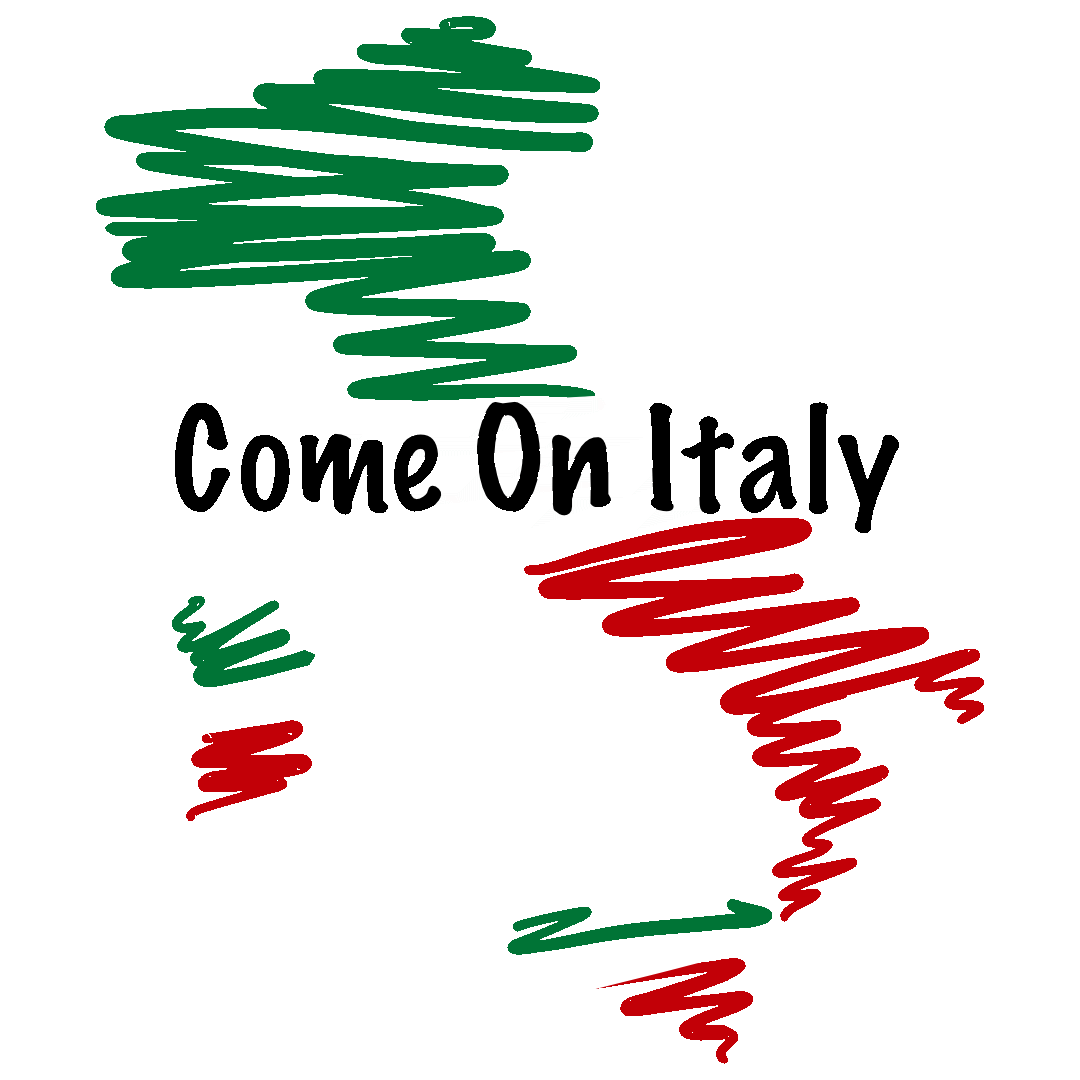RIMINI FULL DAY TOUR
The classic itinerary of the historic center starts from the Roman Arena. The remains of this amphitheater are the last testimonies of grandiose shows of gladiators that amused the Rimini of the III century.
As further proof of the importance of Rimini at the time of imperial Rome, we continue to the Arch of Augustus, a monumental entrance to the Roman city of the first century BC.
Walking along Corso d’Augusto, ancient “decumanus”, we reach Piazza Tre Martiri, ancient Roman forum transformed for centuries into the lively “piazza delle erbe” surrounded by shops and by the lovely sixteenth-century temple dedicated to Sant’Antonio da Padova.
Piazza Tre Martiri and the surrounding areas host, every Wednesday and Saturday morning, the general market of the city, the largest in the Emilia Romagna region.
Walking along the ancient “cardo” we reach the Church of Sant’Agostino decorated in its interior by majestic frescoes of the great painters of the ‘300 school of Rimini. From here, passing through Castel Sismondo, residence-fortress of Sigismondo Pandolfo Malatesta, lord of Rimini in the fifteenth century, we arrive in Piazza Cavour, the second forum of the Roman Rimini, which assumed a primary role from in the Middle Ages.
Here we can admire the facades of Palazzo Garampi (now the Town Hall), the medieval Palazzo dell’Arengo and Palazzo del Podestà, government buildings since the thirteenth-century, and the eighteenth-century Pescheria. At the end of the square the beautiful Teatro Comunale, in neoclassical style, inaugurated by Giuseppe Verdi.
In the middle of the square the famous statue of Paul V and the medieval Fontana della Pigna, also admired by Leonardo da Vinci.
From here, in a few minutes, passing through the Fellini’s Cinema Fulgor, we reach the Bridge of Tiberio, a majestic 1st-century Istrian stone bridge.
Crossing the river Marecchia, the ancient Ariminus that gave its name to the city, you reach the Borgo San Giuliano, an ancient neighborhood of fishermen and artisans, today decorated with murals and paintings linked to the city’s culture and to Fellini. Here we can visit the Church of San Giuliano, which houses not only the saint’s sarcophagus of the third century but also a beautiful painting by Veronese in 1588 and a wonderful altarpiece of 1409 local school.
Walking along the elegant via Gambalunga you reach the archaeological site of the Surgeon’s House with mosaic floors from the 2nd to the 6th century. The visit ends with the Malatesta Temple, one of the most representative examples of Italian Renaissance. Conceived as a pantheon of the Malatesta by Sigismondo Pandolfo in the fifteenth century, built and decorated by artists such as Leon Battista Alberti and Agostino di Duccio, is today the cathedral of the city. Inside there are paintings by Giotto and Piero della Francesca.
Options:
Instead of Borgo di San Giuliano, we can, together with the visit of the Surgeon’s House archaeological site, visit also the adjacent Civic Museum to admire, in addition to various archaeological finds, the very rich surgical equipment of the II century composed of more than 150 pharmaceutical instruments and medical devices.
DURATION: 6 hours


